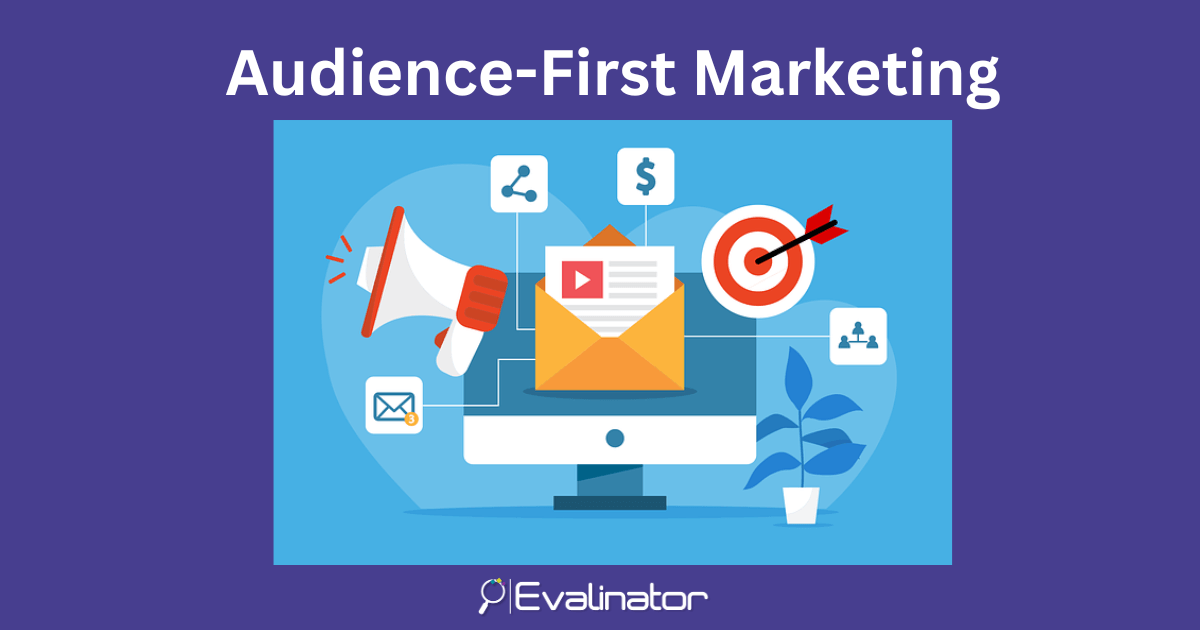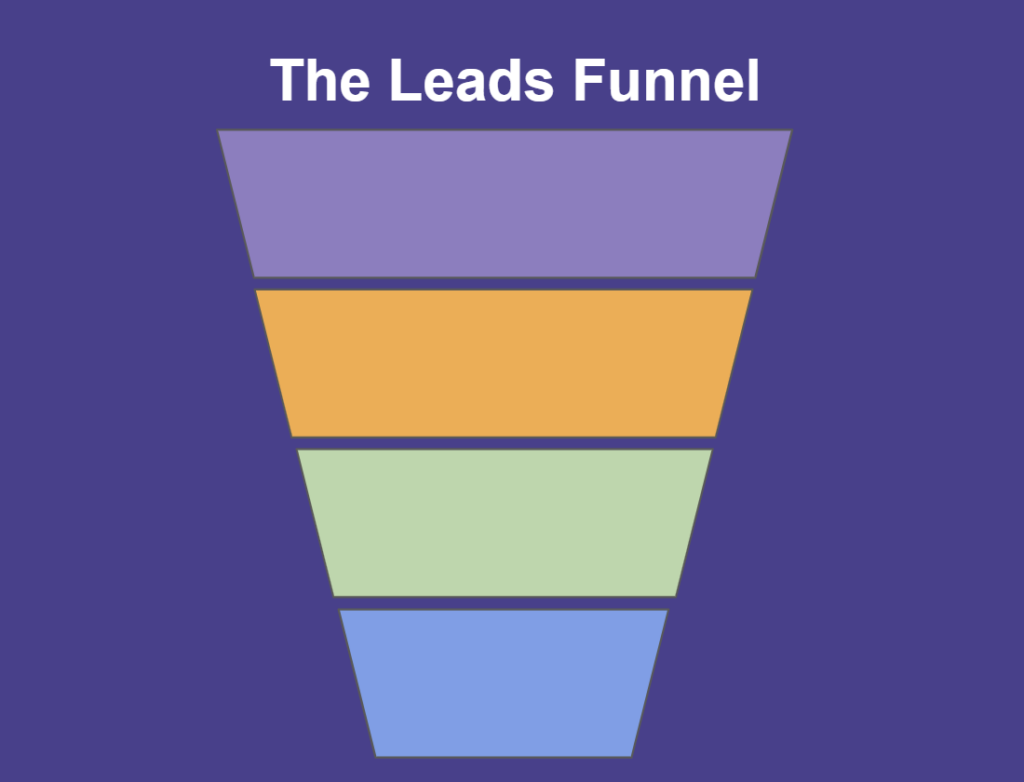What is Audience-First Marketing?
An audience-first marketing approach enhances your marketing efforts by improving how you attract & personalize.
It’s all about providing tailored insights in real time. Yet, a majority of businesses are unable to do it, leading to low conversion rates.
In this post, we’ll outline how you can implement audience first marketing, and get better engagement and trust at every stage of the sales lifecycle.
Applying Audience-First Marketing
A well-executed audience-first approach supports the three key phases:
- Lead generation
- Active sales pursuits to improve conversions
- Growing existing accounts.
Different techniques can be used in each phase to enhance your marketing effectiveness.
That doesn’t mean that you can skip all the traditional marketing activities to raise awareness and be on social media. But an audience-first marketing approach promises to improve the effectiveness of those efforts.
Lead Generation: Attract & Engage
At this stage, the goal is to capture interest and engage potential clients by offering them a compelling hook to interact with you.
Almost 99% or more of your audience who first hears from you, doesn’t interact with you.
Audience-first marketing techniques improve that by focusing on providing value through marketing assets and encouraging interaction.
Capturing a lead is improved if customers find you credible and get immediate value in return.
So how can you enhance your current marketing approaches improve conversions?
- Quizzes and Assessments: These can increase conversions by ~50%. A leadership coach could create a “What’s Your Leadership Style?” quiz, while a technology consultant might offer a digital transformation readiness assessment. These tools generate curiosity, provide instant value, and enable personalized follow-ups.
- Webinars & Workshops: A financial advisor could host a session on “Tax Strategies for Business Owners,” allowing participants to interact, ask questions, and gain trust in their expertise. Webinars can also be long term content assets which can be evergreen.
- Industry-Specific Reports & Guides: A management consultant might develop a whitepaper on “The Future of Remote Work,” positioning themselves as a thought leader while attracting potential clients. However, these days, whitepapers and longer eBooks are falling out of favor because there is so much content production already happening. And customers are starved for time. White papers are valuable but should be offered as a 2nd level lead magnet – perhaps behind a quiz or a blog that has already piqued interest.
- ROI Calculators & Self-Diagnostics: A business strategist could provide a profitability calculator to help entrepreneurs assess financial performance and identify growth opportunities.
Improving Your Sales Pursuits
Once potential clients engage, they need deeper insights and guidance to move toward a decision.
At this stage sales teams (or you if you are a small business) need constant enablement to build trust.
In fact the #1 challenge with sales followups is not being able to engage clients in a conversation about their needs.
The below tools are useful audience-first marketing techniques that achieve excellent results.
- Personalized Content Sequences: A tax professional could send tailored case studies based on a lead’s business size and industry, showcasing past successes. See how you can set up simple marketing automation to do so.
- One-on-One Consultations: A life coach might offer a free 30-minute strategy session, using insights from an initial self-assessment to make the conversation relevant.
- Needs assessments: During the initial qualification meetings, an expert conducts a needs assessment in the form of a detailed diagnostic assessment.
- Industry Insights: A technology consultant could provide curated data on emerging trends, helping clients make informed choices. It establishes them as a thought leader.
- Interactive Proposals & Roadmaps: Instead of static proposals, a marketing strategist could offer a dynamic strategy roadmap, allowing prospects to see how their goals align with the service offering.
Growing Existing Accounts
Beyond the initial sale, an audience-first approach helps deepen client relationships and identify expansion opportunities.
Almost 80% of business growth from a services business comes from growing existing relationships.
So an audience-first approach becomes critical. This is highly personalized and targeted sales and marketing.
- Goal-Tracking Dashboards: A leadership coach could offer an ongoing progress tracker for clients to measure their development.
- Private Communities & Peer Groups: A management consultant might create an invite-only mastermind group, fostering deeper discussions and long-term engagement.
- Personalized Growth Plans: A technology consultant could continuously assess a company’s digital strategy, identifying new needs and services to introduce.
- Customer Feedback Loops: A financial advisor could use periodic surveys or check-ins to refine and expand their services based on client goals.
Next Steps
The key to audience-first marketing is ensuring that every touchpoint—whether it’s an assessment, workshop, or content piece—feels relevant, valuable, and tailored.
By using the right mix of tools and approaches across the sales lifecycle, you can generate more qualified leads, reduce friction in the sales process, and build trust with clients.
See a list of coaching and consulting templates and ideas here that you can quickly use and launch. Evalinator is a unique platform that goes beyond quizzes. It enables segmentation, goal tracking, long term engagement.
Go ahead and create interactive assessments, quizzes and calculators with risk-free 14 day trial of Evalinator.
Find Your Lead Generation Score
Feeling frustrated with lead generation?
Take this free, 5-minute quiz and
get more prospects into your leads funnel.
Instant Results. Actionable recommendations. Email required.
Find Your Score >>



